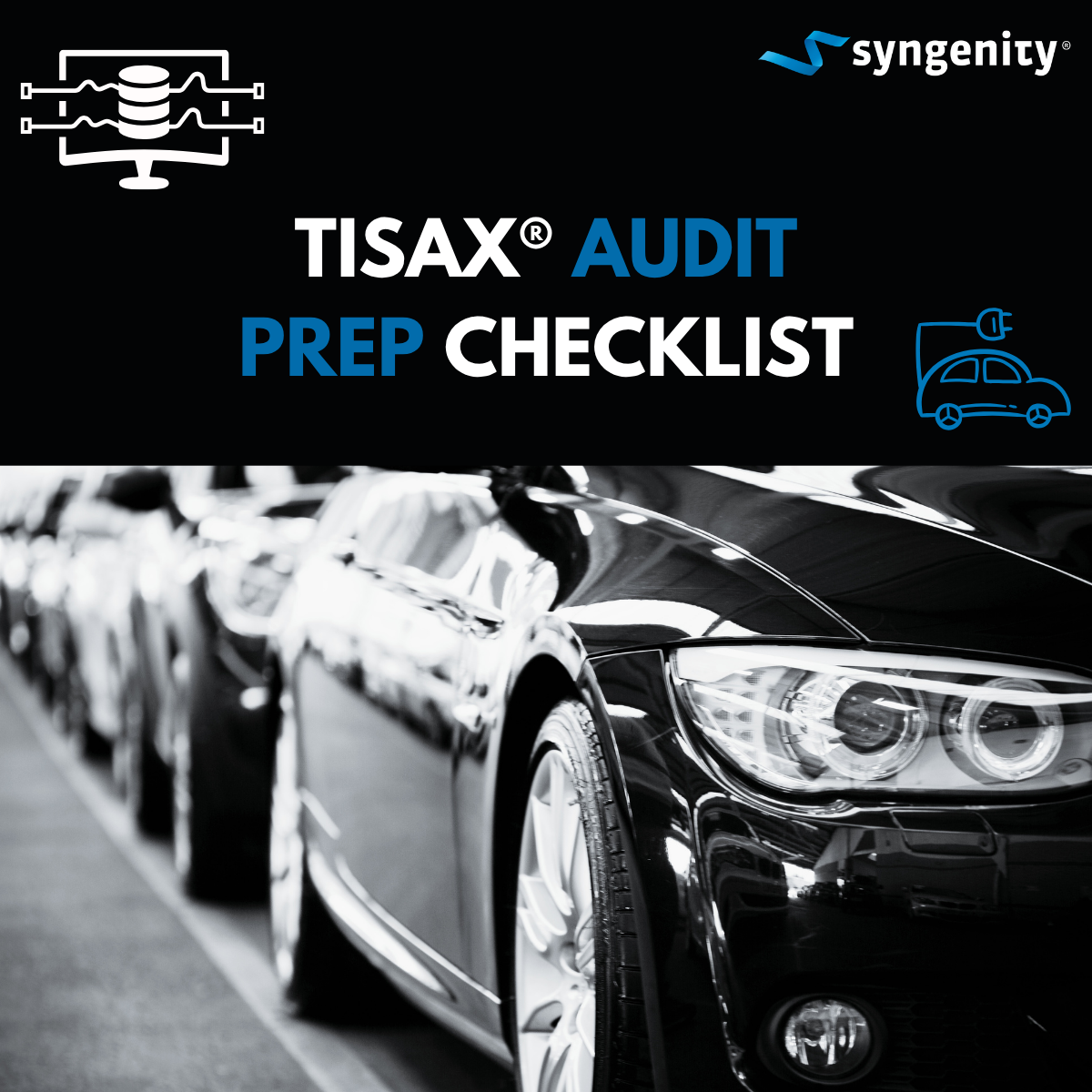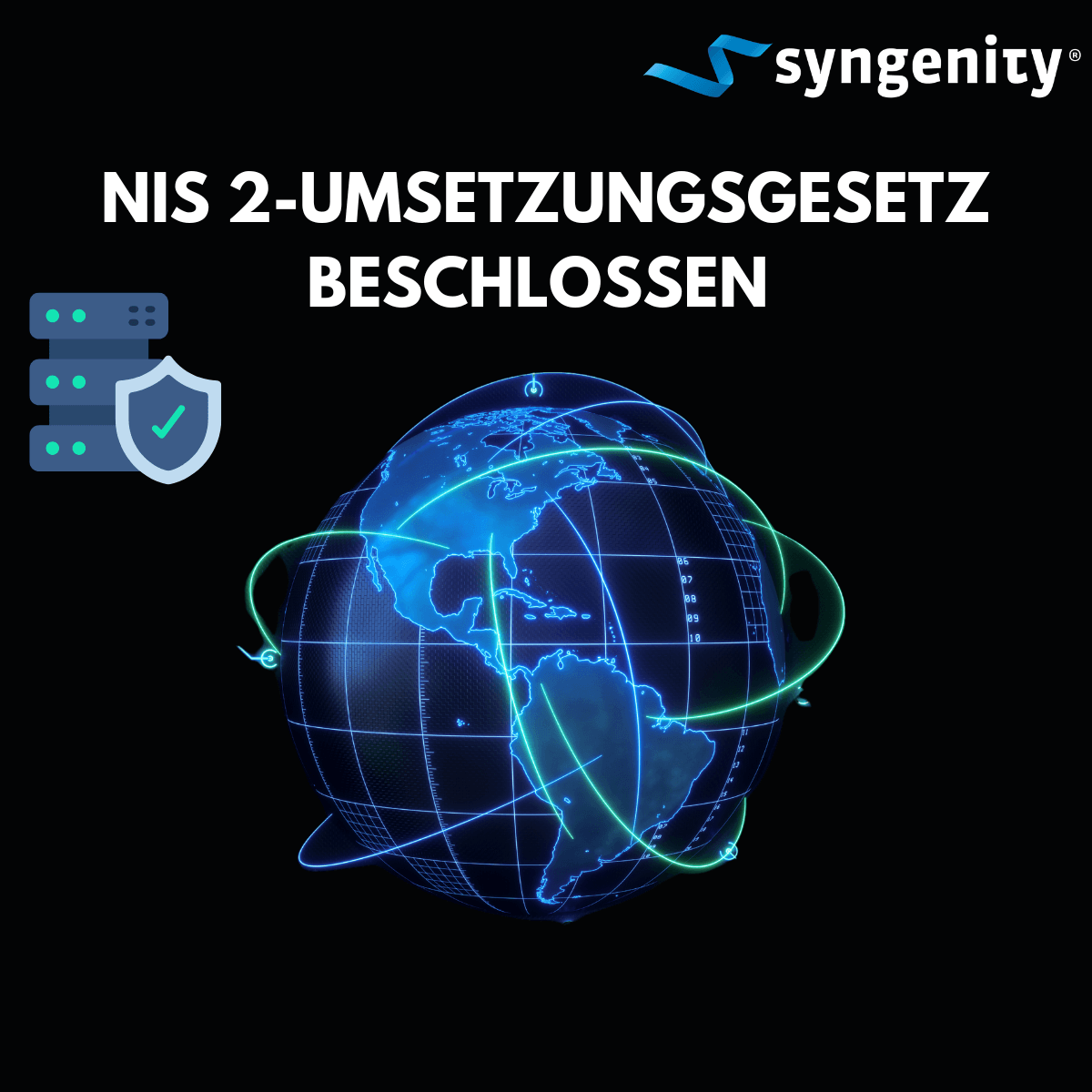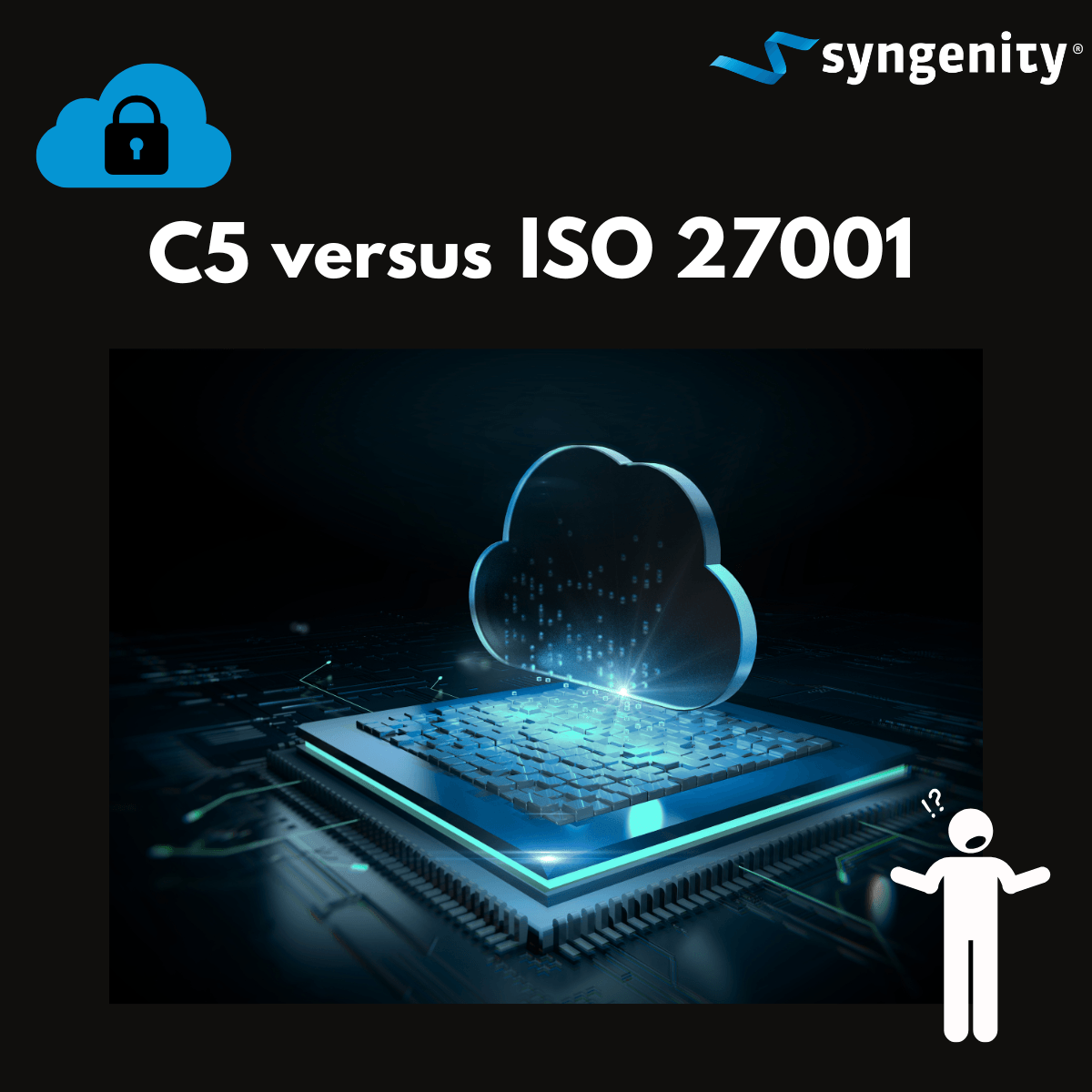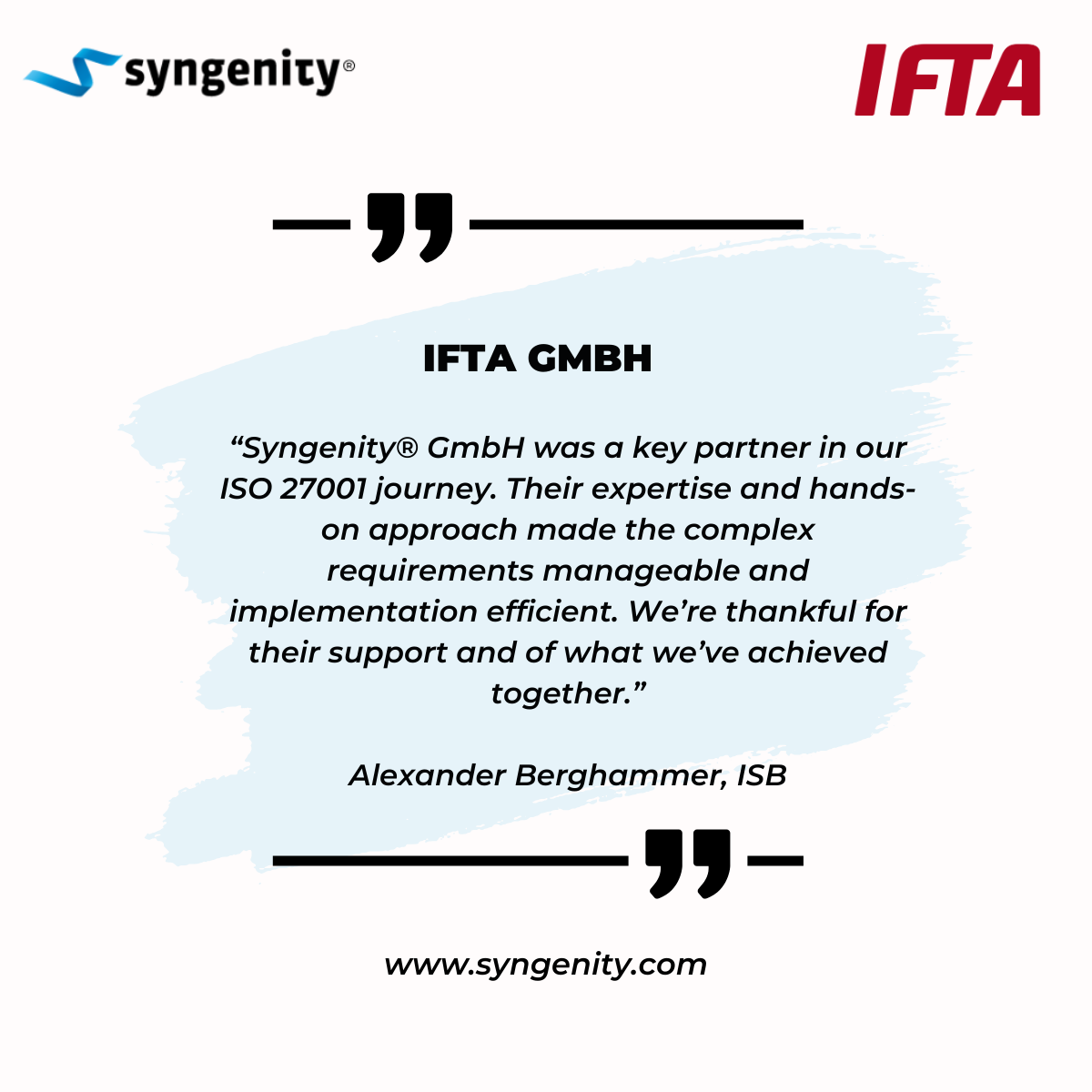TISAX® audit preparation: step by step to success
The requirements for information security in the automotive industry are constantly increasing. Companies that work with sensitive data or are suppliers to major car manufacturers can hardly avoid TISAX®. TISAX® stands for “Trusted Information Security Assessment Exchange” and is the industry-specific standard for information security in the automotive sector. TISAX® certification is a prerequisite for many companies in order to be considered a trustworthy partner and to maintain business relationships. However, preparing for a TISAX® audit can be challenging. However, with a clear checklist and structured processes, the path to successful TISAX® certification can be made much easier.
What is TISAX® and why is it important?
TISAX® was developed by the German Association of the Automotive Industry (VDA) to create uniform standards for information security. TISAX® certification is not only proof of compliance with high security standards, but also a decisive competitive advantage. Companies that comply with TISAX® show their customers and partners that they take the protection of information seriously and are aware of the requirements of the industry. The TISAX® requirements are based on international standards such as ISO 27001, but are tailored specifically to the needs of the automotive industry.
Step 1: Understanding TISAX® requirements
The first step on the way to TISAX® certification is to understand the TISAX® requirements. Companies should familiarize themselves with the assessment objectives and the relevant controls. The TISAX® requirements are divided into different protection classes and assessment criteria, which can vary depending on the business model and customer requirements. It is advisable to carefully study the official TISAX® documents and compare your own processes with the requirements.
Step 2: Create asset inventory
A central element of TISAX® preparation is the creation of an asset inventory. All information assets, systems and processes that are relevant to the TISAX® audit are recorded here. The asset inventory forms the basis for further risk analysis and the selection of suitable protective measures. Companies should ensure that the inventory is updated regularly and that all relevant assets are documented.
Step 3: Carry out a risk analysis
Risk analysis is a core component of the TISAX® requirements. The aim is to identify and assess the risks to the information assets. Threats, vulnerabilities and potential impacts are analyzed. The results of the risk analysis flow directly into the selection and implementation of technical and organizational measures. A structured risk analysis according to TISAX® specifications helps to set the right priorities and meet the auditor’s requirements.
Step 4: Implement technical and organizational measures
Based on the risk analysis, companies must implement suitable technical and organizational measures (TOMs). The TISAX® requirements specify which measures are required for the respective protection needs. These include, for example, access controls, encryption, backup strategies, but also employee training and awareness-raising. The implementation of the TOMs should be documented and regularly reviewed to ensure their effectiveness.
Step 5: Prepare documentation and evidence
Comprehensive documentation is essential for the TISAX® audit. Companies must compile all relevant guidelines, processes and evidence and keep them up to date. This includes information security guidelines, procedural instructions, minutes of training courses and audits as well as evidence of the implementation of measures. The documentation should be designed in such a way that it meets the requirements of the TISAX® auditor and all relevant information can be found quickly.
Step 6: Train and sensitize employees
Raising employee awareness and training is an important part of the TISAX® requirements. An effective level of security can only be achieved if all employees understand the importance of information security and are familiar with the requirements. Companies should offer regular training on TISAX® and the internal security guidelines and document participation. Communicating current threats and best practices also helps to strengthen the security culture.
Step 7: Conduct internal audits and gap analysis
Before the actual TISAX® audit, it is advisable to carry out internal audits and a gap analysis. This involves comparing the existing processes and measures with the TISAX® requirements and identifying possible gaps. The results of the gap analysis serve as a basis for targeted improvements and preparation for the external audit. Internal audits help to identify weaknesses at an early stage and ensure audit readiness.
Step 8: Preparation for the audit day
On the day of the TISAX® audit, all documents and evidence should be ready to hand. The relevant stakeholders must be informed and available to answer the auditor’s questions. Structured preparation and clear responsibilities facilitate the process and increase the chances of success. Companies should use the audit process as an opportunity for further development and be open to feedback.
Conclusion: TISAX® success with the right preparation
TISAX® certification is a demanding process that requires a structured and systematic approach. With a clear checklist and consistent implementation of the TISAX® requirements, companies can strengthen their information security in the long term and increase their competitiveness. TISAX® certification is not only proof of compliance with standards, but also a signal to customers and partners that information security is practiced in the company.
For companies looking for support with TISAX® preparation, Syngenity® offers customized advice and support throughout the entire process. From gap analysis to implementation and audit preparation, Syngenity® is a competent partner at your side. This means that TISAX® certification is not a hurdle, but a success factor for your company.
Further information and support can be found at www.syngenity.com







